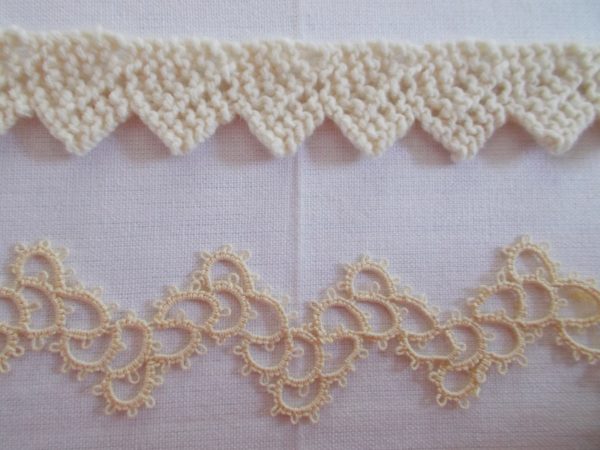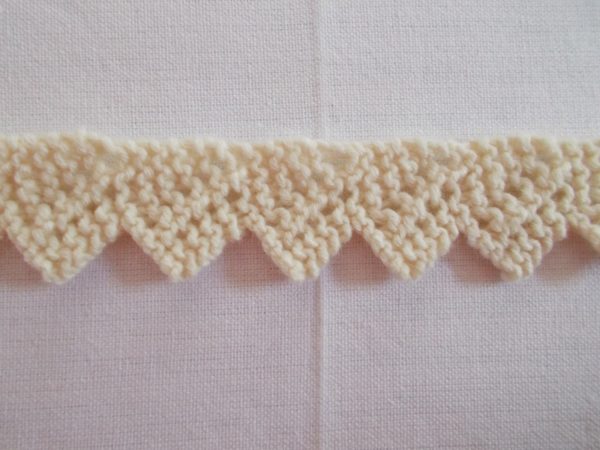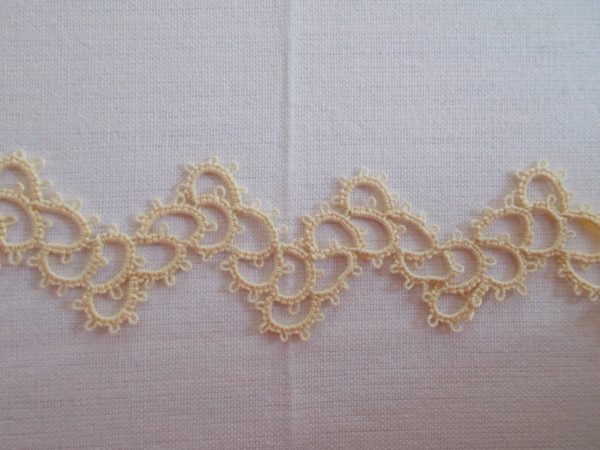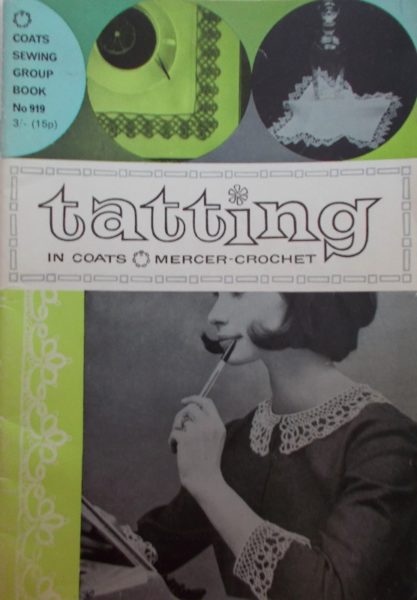This charming and stunningly illustrated book is rather curiously aimed at children. I feel a bit ambivalent about this and when I picked it up from the books on my grandson’s shelves to read to him, my daughter did say that she thought I would enjoy it more than the little one.
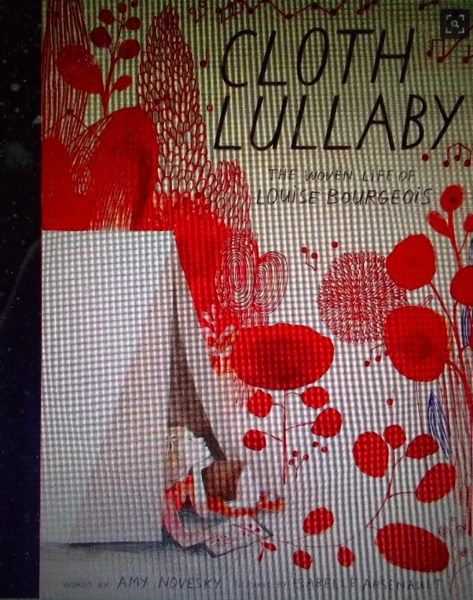
Cloth Lullaby, The Woven Life of Louise Bourgeois by Amy Novesky and illustrated by Isabelle Arsenault
Visually it is very appealing with images spread over the double pages (and even right off them) in a lively exuberance. There are flowers everywhere – stylised garden and meadow flowers fill space with their profusion, while more formal woven flowers on the enormous tapestries the family mended for a living form a backdrop to the restorers’ lives. Elsewhere random flowers and leaves trip across the page like the musical notation they occasionally accompany. Water ripples through the story – sometimes with open eyes swimming like fish between the waves – and threads, trailing off fabric as it is being worked on the sewer’s knee, run over the preceding page massing into a woven border. On one page the child Louise sits at her mother’s knee learning about fabric dyes while the yarn on her mother’s lap becomes a mass of tangles from which little balls escape and dot themselves around them – winding or unwound? The spider image, then suggested, emerges in its fullness a few pages later as the giant black creature we know from her scuplture stands dominant and uncompromisingly spider-like on the page.

illustration from Cloth Lullaby, The Woven Life of Louise Bourgeois by Amy Novesky and illustrated by Isabelle Arsenault
With such images, text feels unnecessary and even superfluous (even with Louise’s complex emotional issues hinted at rather than stated clearly) and I would be tempted to just turn the pages with a child rather than actually read it – except of course that would never do as books with writing are to be read and if I weren’t to read it, someone else would be pestered to instead. Hmm, magic and imagination pouff, blown away by the certainty of moveable type. What a shame!
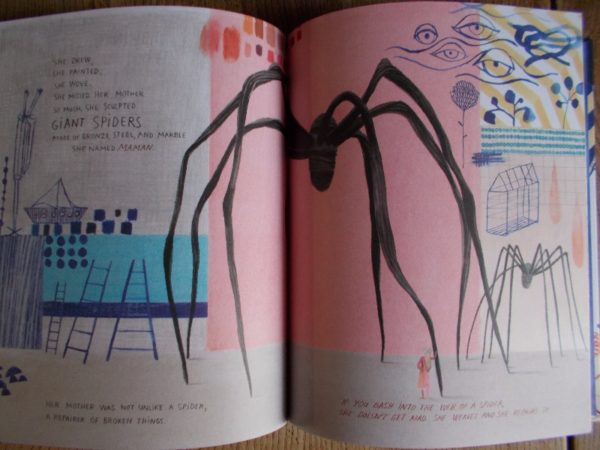
illustration from Cloth Lullaby, The Woven Life of Louise Bourgeois by Amy Novesky and illustrated by Isabelle Arsenault in my next post.
For adults Louise’s emotional life is fascinating. Her family’s business on her mother’s side had been tapestry restoration for generations. Her mother embraced the business of mending wholeheartedly but whenever possible she would leave the atelier and take her work into the garden, down by the river – sewing en plein air, just as the painters of the time took their easels outside. In Louise’s mind her mother was a deft, patient spider, forever mending broken threads. Early on Louise joined in on the mending and being an able draftswoman, she often drew in missing bits of the damaged tapestries – usually feet and flowers at the bottom where the tapestries were most worn. Her father was frequently away which depressed the girl and even led to thoughts of throwing herself into the river. (At the time I don’t think she knew about her father’s infidelity with her governess, feeling neglected rather than abandoned by him.)
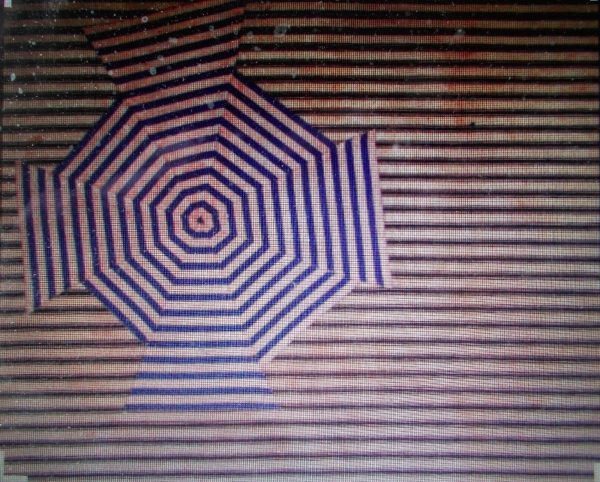
Louise Bourgeois: string patchwork
While at the Sorbonne her mother died and Louise abandoned her studies of Maths and Cosmology to throw her energies into art, sculpting giant spiders she named Maman, eternalising and reconnecting with the image of her mother from her childhood. Fabric began to occupy her thinking and from 1995 she would obsessively collect together all the clothes she had worn, tear them up, literally deconstruct them, then reassemble them in different forms. Personal textiles from towels to tights were transformed into spiders, crude human figures (often without heads but with genitals); clothes from her past were reconstructed into things to be exhibited which she did often hanging them on metal poles. Her patchwork – using the string patchwork technique – echoes the spider’s web and in the last decade of her life evolved into her woven drawings and cloth books (which include an Ode to the Riverside) which I mentioned a couple of posts back. In therapy for more than 30 years, she was never really a quiet soul. There is a school of thought which suggests we should take artists at face value and seek to know nothing of the background to that production. In Louise’s case, I feel which should miss a lot if we followed this precept and I for one would not have appreciated the giant spiders, the stuffed figures or the cloth diaries without a bit of help from the artist’s biography – even if the only thing I ‘read’ of it were the thought provoking illustrations of this lovely book.
(Sorry about the poor image of the book cover. The book has disappeared – no doubt into another half emptied packing box. I will take a better photograph when it re-emerges.)
